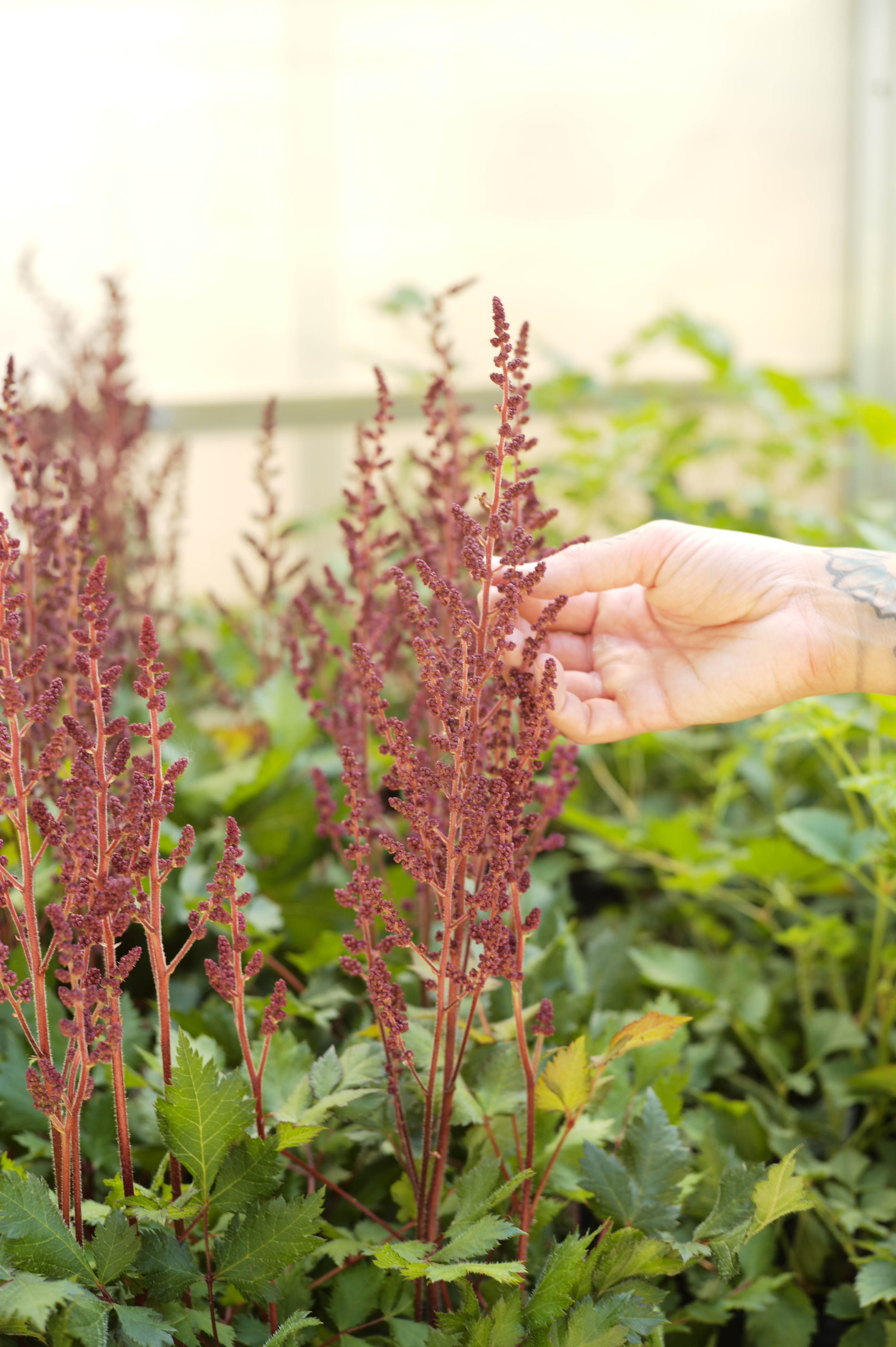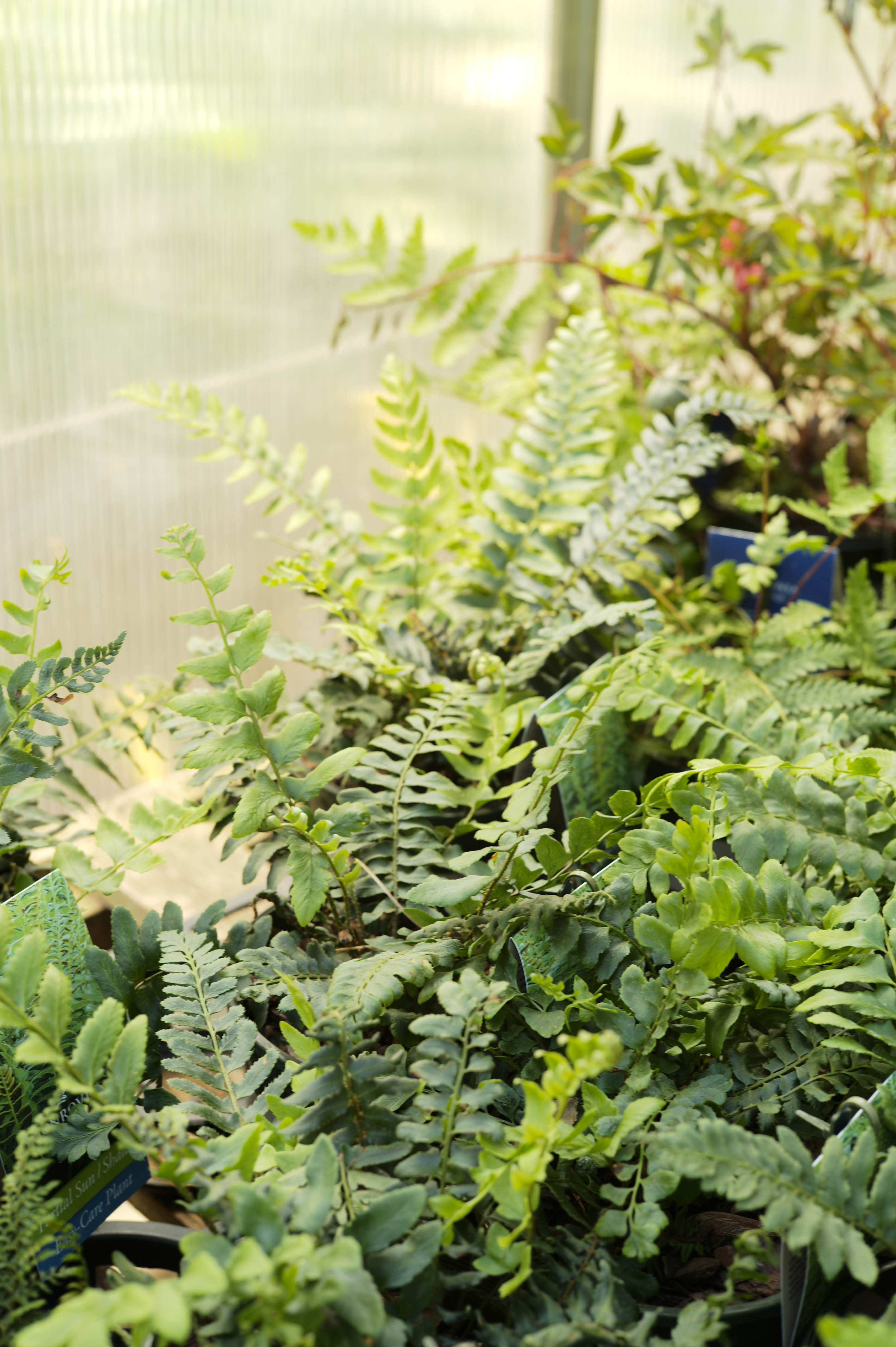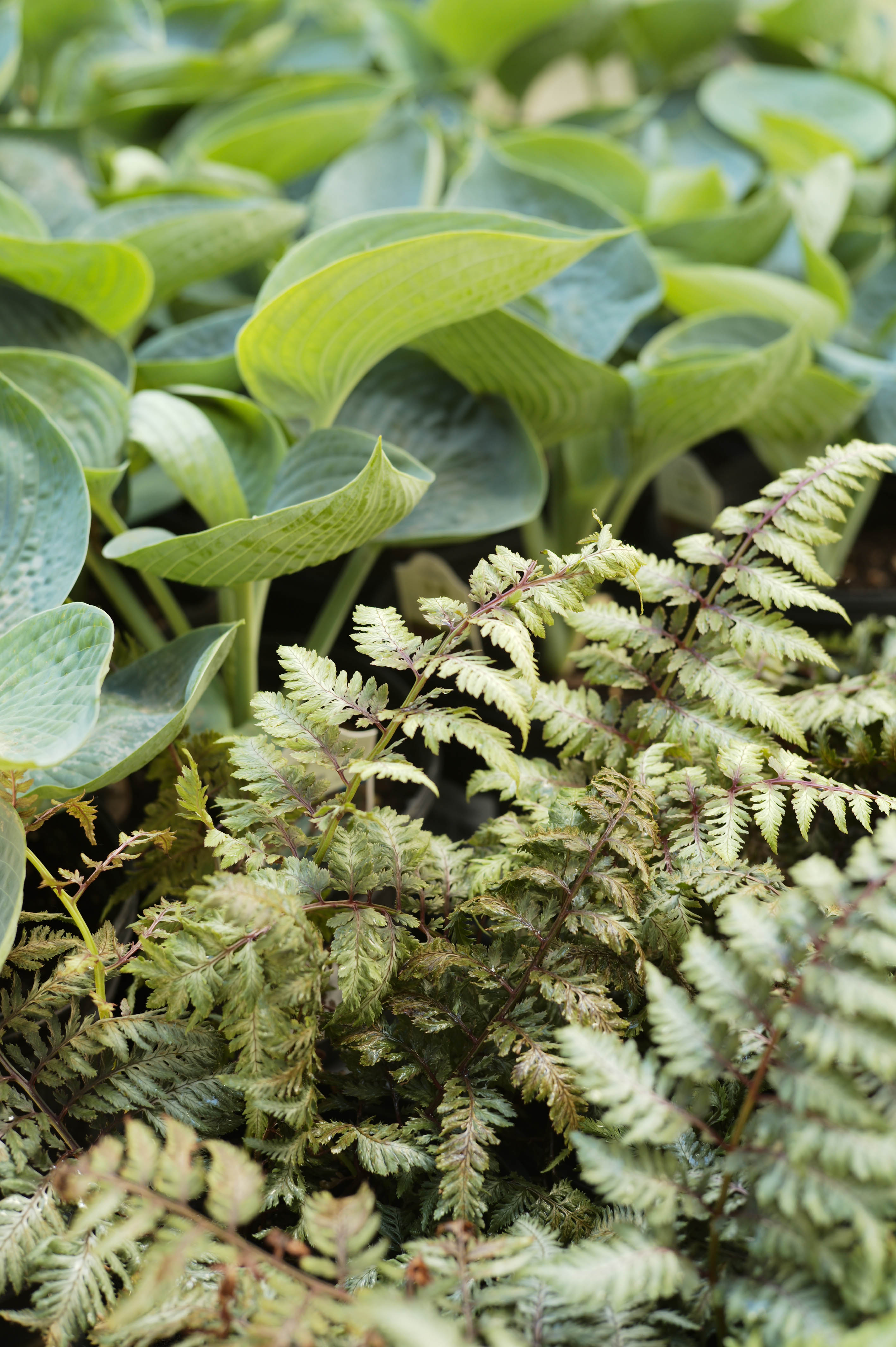Gardening in the Shade with Perennials
Posted by Jessie Jacobson on Jun 11th 2021

Shade gardening comes with some distinct challenges, including a perceived lack of interesting plants to choose from. Gardening with perennials in the shade is more than just Hostas. But Hostas are amazing, so if that is all you planted, you would be winning!
Let’s get started.
Assess the light. Do you have part sun or full shade? How many hours, truly, do the different areas of your shade garden receive? Part sun is morning light or about 4 hours of sunlight. Dappled light counts more towards full shade. Full shade is no direct sunlight for the majority of the day.
Understand plant tags. Plants labeled part sun/part shade will do best in morning sun or dappled sun. Afternoon sun is often too hot, causing plants to melt and suffer. Part sun to full sun plants will prefer a little more light, so they may do OK in 3 hours but will be happier in 4 or 5. Full sun plants want at least 6 hours to perform their best. As with all rules there are exceptions, so just ask our talented Perennial Team at Tonkadale.
Assess the soil. Dry or wet? Many shade plants want rich soil that is consistently moist. There are a few shade plants that can handle dry soil, though. Irrigation, such as a drip line, may be necessary for some plants to survive and thrive if the area is not naturally damp enough. The good news is, shady areas are by nature more moist and require less watering The exception could be sandy soil, a sloping landscape, or a short blast of afternoon sun.
Discover the roots. Trees make garden areas shady. When preparing the soil be sure to consider tree roots. There are some that are simply too large to plant certain perennials by, and in that situation there are a handful of ground covers that will work.
Design tips. Work with your existing landscape. Remember, if you have a shade garden, you don’t have a barren landscape. You have wonderful, mature trees, and that’s a bonus. Trees are the backdrop and a major feature of you garden. Contrast foliage color, shape, and texture. Add a curved path that draws you through the garden. Add a bench or water feature that gives your body and eye a place to rest. The stillness of a shade garden is really one of its best features. Connect the edges of the shade garden to its sunny border by planting part sun plants that offer more flower power and color.

Our go to plant list for perennial shade gardens.
- Astilbe – Part to full shade. Bloom better with a little light. Evenly moist soil.
- Aruncus/Goat’s Beard – Full sun to full shade. Moist soil. Variety of heights.
- Hosta – Try to find a couple you love. Designed well, hosta in the shade garden are stunning. Empress Wu will grow large enough to look like a shrub.
- Solomon’s Seal* – Part sun to shade, moist sun but is also drought tolerant. A vigorous spreader.
- Hellebores – Part shade, almost full shade. Technically zone 5 but many seasoned zone 4 gardeners grow them.
- Ligularia – Part sun, likes wet feet.
- Tiarella* – Full to part shade, likes water but will grow in dry shade.
- Ferns – Part to full shade, consistently moist or evenly wet soil. Graceful and stunning.
- Cimicifuga/Snakeroot – Part to full shade, moist soil. Lacy, dramatic, dark purple foliage.
- Bleeding Heart* – Part to full shade, moderate watering but will handle dry soil. The fern-leaf type will bloom all summer.
- Brunnera – Part sun to shade, wet or constantly moist soil. Flowers dance above the foliage. Deer resistant.
- Chelone/Turtlehead – Part to full shade, high water, fall to late summer bloomer.
- Pulmonaria/Lungwort – Part to full shade, regular watering. Blue or pink flowers.
- Polemonium/Jacob’s Ladder – wet or consistently moist soil. Variegated, fine foliage contrasts with chunky hosta leaves.
- Heuchera or Heucherella – Full sun to full shade. Generally, the lighter the leaf, the more shade it requires. Requires well-amended soil.
- Filipendula – Part to full sun, evenly moist soil.
- Bergenia* – Sun to shade, moist soil, especially in more sun. Succulent green foliage. Early bloomer.
- Iris (some of them) – Part sun, evenly moist soil.
- Rodgersia – Full to part sun, medium to wet soil. Huge leaves
- Epimedium – Part to full shade, keep well-watered.
- Japanese Forest Grass – Part to full shade; moist, well-drained soil.
- Lady’s Mantle – Part to full sun, keep well-watered. Gorgeous when covered in dew drops in the morning.
- Shade clematis – Grow this up a trellis or tree to add interest and height.
- Toad Lily – Part sun to shade, drought tolerant.

Groundcovers - give up on the turf grass folks it doesn’t like shade. Go with groundcovers instead.
- Lily of the Valley* – Vigorous, great in dense shade.
- Lamium – Part to full shade, any soil conditions.
- Ajuga* – Any sun exposure, average soil, deer resistant.
- Sweet Woodruff – Part to full shade.
- Vinca/Periwinkle – Shade to sunny locations, all soil, all moisture types.
- Pachysandra – Part to full shade, tolerates clay soils well.
On these hot summer days, we long for the solace of the shade. Plan to plant in the morning, just a bit at a time. It doesn’t all have to get done today. Then water well – both you and the plants.

